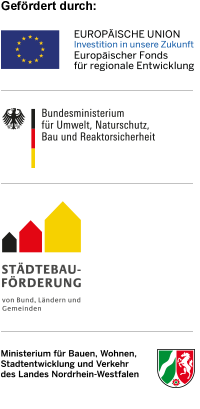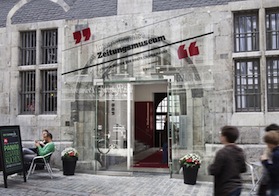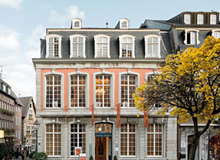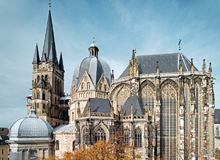Probably Aachens oldest residential house
The history of Aachen’s “Großes Haus” at Pontstraße 13, also known as “Haus Rupenstein”, is closely linked to the metal industry, one of Aachen’s main economic sectors at the beginning of the modern era. It was created in 1495, probably through the merging of two former residential houses whose renovation was commissioned by the lay judge Heinrich Dollart.
In its gateway you can still see the inscription: “H. Heinrich Dolhart 1495”. Dollart was executed in 1508 after being accused by one of his servants of being an accessory to the theft of silver ingots. After his death, the house changed hands several times until, in 1526, it was bought by a businessman from Antwerp.
Since 1660 the building has been the property of the City of Aachen. At first it was leased to a wine merchant, then it was the location of the city’s weigh house. During French rule, around 1800, it housed the French customs office. The Prussians initially used it as a salt trading centre, then as a police headquarters. It was also the location of the city prison until, in 1912, an arts and crafts museum was opened on the premises. After the First World War, it was requisitioned by the Belgian occupation forces as their headquarters. Aachen’s Lord Mayor Farwick used the upper storey as his official residence until, in 1931, the International Newspaper Museum moved in. It has remained there to this day.
The name “Großes Haus von Aachen” (“Great House of Aachen”) shows how impressive the building must have been all those centuries ago. And in fact, due to its size and its stone construction, the building is indeed untypical for medieval standards. The house has been modified and refurbished several times over the centuries. The number and arrangement of the windows has changed, as has the layout of the rooms inside the building.
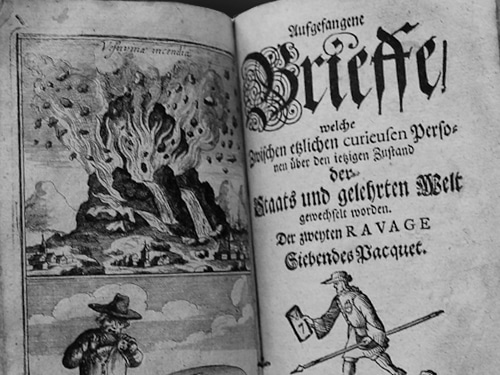
One of the world's largest collection of newspapers, with well over 200,000 specimens
Bad news is good news, good news is no news.



